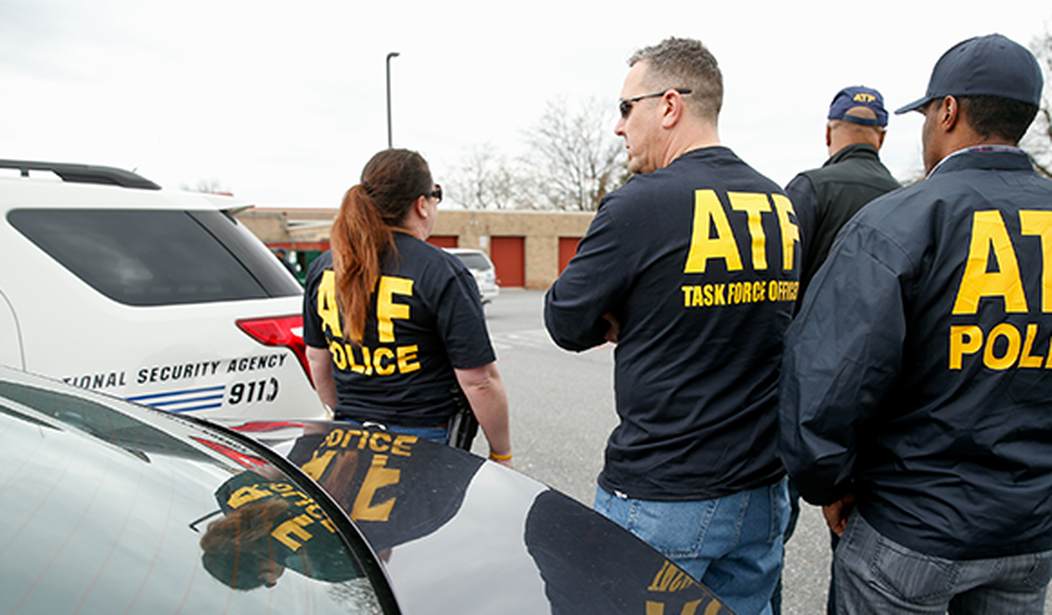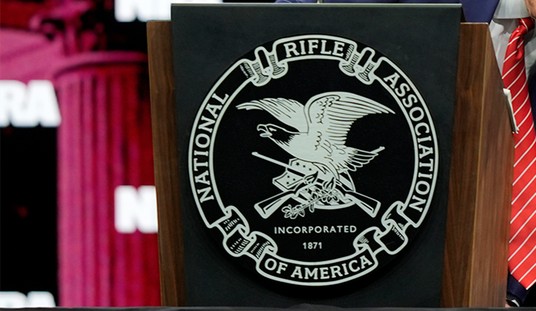This has been one of the busiest weeks in recent memory in terms of court hearings on Second Amendment issues. Not only did we have the Seventh Circuit’s oral arguments on a possible injunction against Illinois’ ban on so-called assault weapons and “large capacity” magazines and the Ninth Circuit’s hearing on California’s AB 2571, but another Ninth Circuit panel heard oral arguments in a challenge to the state’s ban on open carry on Thursday, and a three-judge panel on the Fifth Circuit also heard from both sides in a Thursday hearing to determine whether a temporary injunction halting enforcement of the ATF’s new rule on pistol braces should be left in place and possibly expanded to cover more than just the named plaintiffs in the case.
Advocates for the rule point to deadly mass shootings while arguing that the braces make concealable handguns more deadly. Opponents of the rule say the devices make handguns safer to use by making them more stable, comfortable to fire and accurate — an argument noted in questions from appellate panel judges Don Willett and Stephen Higginson at Thursday’s hearing.
“All that to me seems synonymous with safer. Do you disagree with that?” Willett asked administration attorney Sean Janda.
Janda argued that regulating the braces is consistent with longstanding federal law outlawing sawed-off shotguns or other short-barreled non-handgun-type firearms.
“That particular combination, Congress has determined, is dangerous,” Janda said.
Well no, Congress has made no such determination about pistol braces. That’s one of the main arguments of the lawsuit; that the ATF has abrogated authority left to Congress in imposing the new rule, which not only reverses more than a decade of previous guidance from the agency but in essence establishes a brand new gun control law created by an executive branch agency, not the legislative branch.
It’s the Biden administration that has determined it’s dangerous to attach a stabilizing brace to the end of a pistol, with Biden himself claiming that somehow adding to the length of the gun makes it more concealable and even makes it shoot larger caliber rounds. At least the DOJ attorneys didn’t try to pin their arguments in court on that ridiculous assertion, though they still tried to claim that brace-equipped pistols are the weapon of choice for mass shooters; a line of attack that was aptly rebutted by plaintiffs.
That the devices can be used by criminals is not sufficient reason for the regulations, argued plaintiffs’ attorney Erik Jaffe. “They don’t think they’re bad because they’re dangerous. They think they’re bad because criminals liked them. But criminals like handguns too. Just because criminals like something is not a reason why it’s dangerous.”
Handguns are the primary weapon of choice in violent crime, and the Supreme Court has already said that a handgun ban is unconstitutional. Even though those arms may be the most common type of firearm used by violent criminals, handguns are also used for lawful purposes far more frequently, and the same is true for brace-equipped pistols (and modern sporting rifles as well).
Given that the Fifth Circuit has already granted a temporary injunction in this case, as well as the questions posed by the three-judge panel on Thursday, there’s a very good chance that not only will the panel make the injunction permanent, but will apply that decision to a broader group of Americans than just the named plaintiffs in the case. I don’t know if they’ll go so far as to try to apply the injunction nationwide, but I wouldn’t be surprised at all to see the injunction cover everyone in the Fifth Circuit’s jurisdiction. That’s the angle the Fifth Circuit has taken with the ATF’s bump stock ban imposed in the Trump administration, and it seems like the most likely outcome here as well.








Join the conversation as a VIP Member